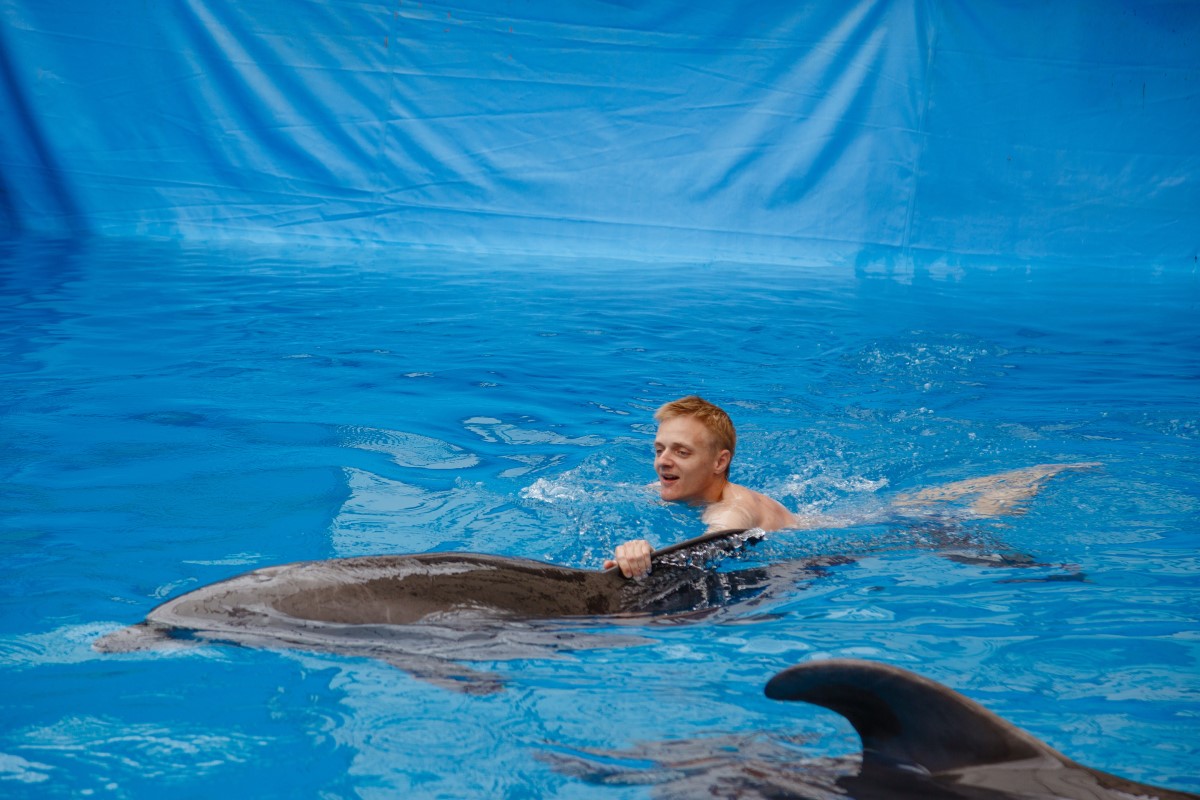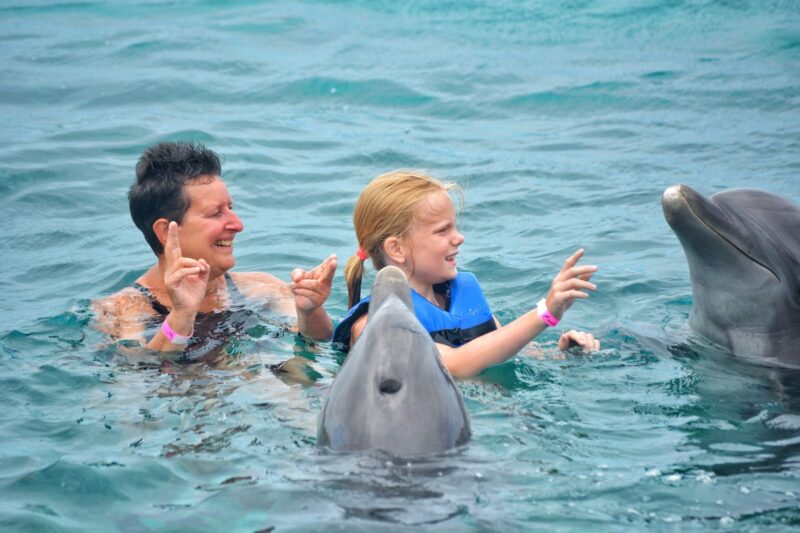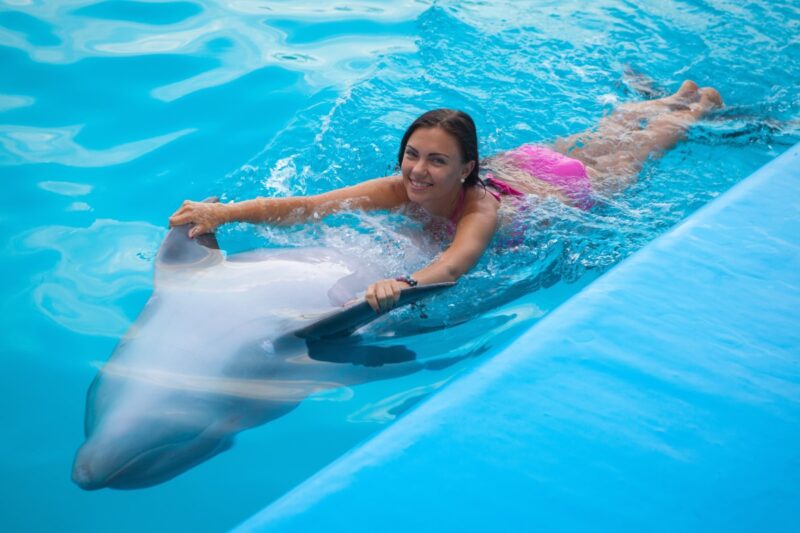
What Countries Can You Swim with Dolphins?
Many countries around the world allow humans to swim with dolphins. Swimming with dolphins has been popular with tourists in the Caribbean for decades. Even places like Hawaii and Florida offer dolphin encounter experiences.
Swimming with Dolphins in Hawaii
A news story out of Hawaii spotlights the consequences of tourists flocking to swim with dolphins. This has led federal officials to want to ban swimming with dolphins in Hawaii. The proposed rules, announced by the NOAA Fisheries seeks to do the following:
- Ban swimming or approaching spinner dolphins within 50 yards
- Ban tourist activities such as dolphin watching in boats and snorkelling with dolphins
Federal officials believe the presence of swimmers is negatively affecting the dolphins. Quality of life and natural behaviours differ when humans are close to them.
“We think by identifying 50 yards as the minimum distance that there still can be a viable tourist in Hawaii,” said Ann Garrett, an assistant regional administrator of protected resources for the Natural Marine Fisheries Service.
Tour operators say they disagree and believe the new regulations would destroy their industry.
“It would be the end of legitimate dolphin swimming,” said Kevin Merrill, an owner of Dolphin Discoveries in Hawaii. “We couldn’t offer the people the quality of interaction that they expect.”
Is it Cruel to Swim with Dolphins?
Conservationists have criticized these swimming with dolphin excursions. They believe that dolphins are not meant to be held in captivity and are often treated poorly in these environments. Dolphins are naturally predatorial and this puts humans at risk when participating in swimming with dolphin excursions.
Dolphins are the animal closest to humans in terms of intelligence with the unique ability to pass on traditions through generations. These are highly-complex social animals that need the stimulation and enrichment that the open ocean offers them.
Do Dolphins Enjoy Swimming with Humans?
Federal officials are making the case that we should not be using dolphins for our entertainment. Countries put the policy into effect to protect dolphins because being kept in captivity can cause dolphins extreme stress and psychological issues.
It is time to explore why swimming with dolphins continues to be an important issue.
Swimming with Dolphins for Tourism
Dolphins tourism has many dark secrets. The creatures are kept in captivity for humans to see them up close.
About 60% of dolphins in the United States are bred in captivity and the remainder is caught in the wild. They were plucked from the ocean, put on a boat and transported to a marine park or aquarium.
There have been reports of dolphins being neglected and living in poor water quality. This is because tanks and pens do not provide dolphins with the enrichment that the ocean provides.
Swimming dolphins is not always safe; even with a dolphin trainer nearby. Conservationists are finding dolphins are growing tired of being touched and suffer from long-term health issues as a result. This activity is a risk for humans. Dolphin encounters have even resulted in bites and broken bones, according to the Humane Society of the United States.
Dolphins are Similar to Humans
In 2013, India banned keeping dolphins in captivity. The government classifies dolphins as non-human persons with their own rights. Because of similarities, humans may think twice before heading to these attractions.
Geneticists did find that the human and dolphin genomes are the same. “It’s just that there are a few chromosome rearrangements that have changed the way the genetic material is put together,” says Texas A&M Scientist, Dr. David Busbee.
Scientific evidence suggests dolphins have the same brain evolution as primates and humans. Dolphins have large and complex social groups as well. Their brains let them recognize themselves in the mirror, solve problems and feel emotions like empathy.
Humans and dolphins have social groups and range from two to 1,000 in a pod. They also hunt cooperatively and pass skills onto their young.
Dolphins also speak in different dialects and languages and there are specific whistles for different dolphin names. Wow!
Conclusion
Swimming with dolphins for tourism purposes is a loud conversation in the world of animal conservation. This is due to these marine animals bearing similarities to humans. As a result, people think twice about using them for entertainment purposes. Dolphins in captivity are not able to live the life that those in the ocean do.
There are ethical issues that come with dolphins in the tourism industry. There is also a risk to humans swimming with them because injuries caused may be a result of the dolphin’s unhappiness and stress.



